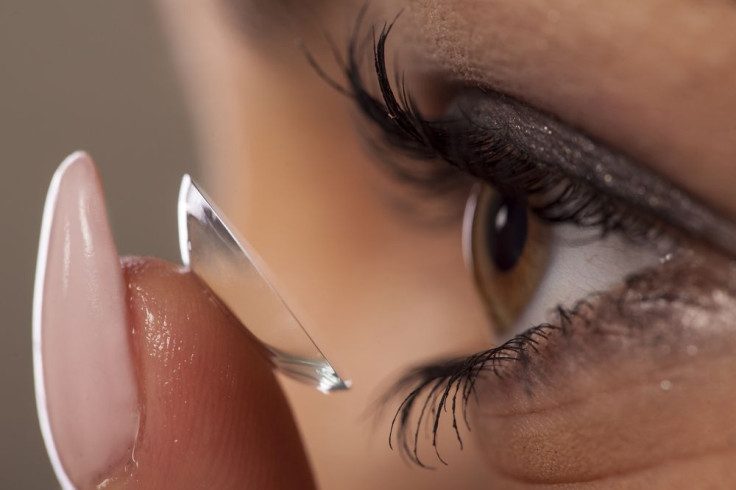Disposable vs. Non-Disposable Contact Lenses: Which Land More People In The Hospital?

Disposable contact lenses are not only convenient, since they do not require extensive cleaning solutions, but they're also a safer and healthier alternative to extended wear contact lenses, which require constant cleaning to avoid the build-up of harmful pathogens. Data released by the Centers for Disease Control and Prevention has revealed that improper contact use, such as wearing them for too long or not cleaning them properly, leads to upward of a million eye infections each year in the United States.
Researchers from the CDC gathered data using the 2006-2010 National Ambulatory Medical Care Survey (NAMCS), National Hospital Ambulatory Care Medical Survey of Outpatient Departments (NHAMCS-OPD), and 2010 Nationwide Emergency Department Sample. Results showed that around 930,000 doctor’s office and outpatient clinic visits as well as 58,000 emergency department visits each year in the U.S. are attributed to a contact lens disorder or keratitis — inflammation of the cornea.
"Contact lenses offer many benefits, but they are not risk-free," Dr. Jennifer Cope, a CDC medical epidemiologist, said during a news conference. "Keratitis can be a scary infection, but it is preventable if people follow healthy habits and take care of their eyes and their lenses.”
While disposable contact lenses require very little upkeep considering they are only designed for one day use, the majority of causes for an eye infection in this study are associated with extended wear contact lenses. For example, sleeping with contact lenses, swimming or taking a shower with contact lenses, and failing to clean or replace them significantly increased a wearer's risk for infection. In fact, the CDC research team found that people who leave their contact lenses in overnight are over 20 times more likely to develop keratitis.
For contact lens wearers who believe going non-disposable is a good way to save money, think again. Health care visits related to keratitis and contact lens disorders lead to around $175 million in direct medical expenditures each year. This included $58 million for Medicare patients and $12 million for Medicaid patients. Contact lens-related visits to the doctor’s office or outpatient clinic take up over 250,000 hours' clinician time each year.
Although the CDC recommends switching contact lenses out every three months or when directed by a doctor, it seems that switching to disposable contact lenses is the best way to avoid any risk for an eye infection. Contact lens wearers who switch to disposable often report a more comfortable fit compared to disposable. Disposable contact lens wearers are also much more likely to follow their recommended lens replacement schedule.
Source: Collier S, Gronostaj M, Cope J, et al. Estimated Burden of Keratitis — United States, 2010. Morbidity and Mortality Weekly Report. 2014.



























